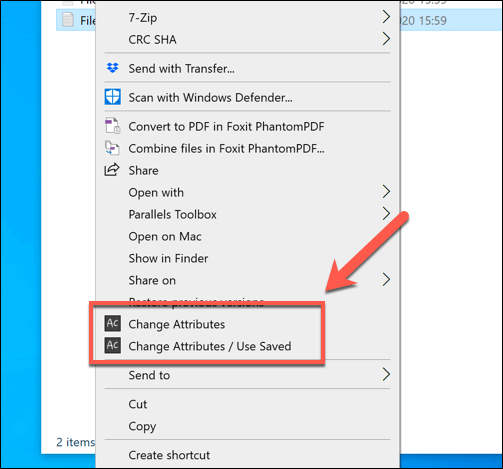

File extensions of known file types are hidden on Windows 10 PC by default.

Today, we will be using Windows 10 in the demo to show you how to display file extensions and change file extension in Windows 10.
Your added files will be listed on the BFC dashboard.Do you have trouble change file extensions on Windows computer? In an earlier post, we discussed how to convert Samsung voice recording files from 3GA to MP3 format, a couple of readers wrote to us saying “how can you rename a file (the extension) because I can’t see file extensions, I can only rename the ‘normal’ name.” It is true with most Android phones, you can only rename file on mobile but can’t edit file extensions unless you have installed the file explorer, see how to change file extensions on Samsung and Android phones. Browse your PC and select the multiple files you want to add. Alternatively, click the BFC “File” at the top-left corner and select the “Add files” option. Then drag and drop them on the interface. Another option is to select the files you want to add. Navigate to the target files or folder copy and paste the files on the BFC window to add them to the tool. There are several ways of loading files to the BFC utility: No installations or any other software required and you are ready to go. Extract the downloaded zip file and double click “BulkFileChanger.exe” to launch the tool. Visit the BFC Download page, scroll down and click the link to download the zip file with either the 64 bit or 32 bit version. Step 1: Download and Open the BFC Utility Solution 2: How to Modify File/ Folder Date Attributes Using BulkFileChanger (BFC)īulkFileChanger (BFC) is another free utility that enables you to change created, modified and last accessed timestamps among other attributes of multiple files all at once. The folder will automatically take the new date and time properties. To do so, open the folder / file location and then drag and drop the folder or file over the Change Timestamp window. Once you are done setting the Timestamps on the interface, now you need to apply the changes to your target file or folder. Current Date Step 3: Applying the New Timestamp to Folder/File








